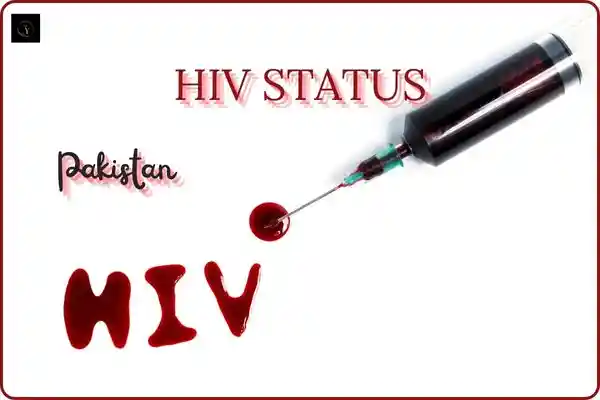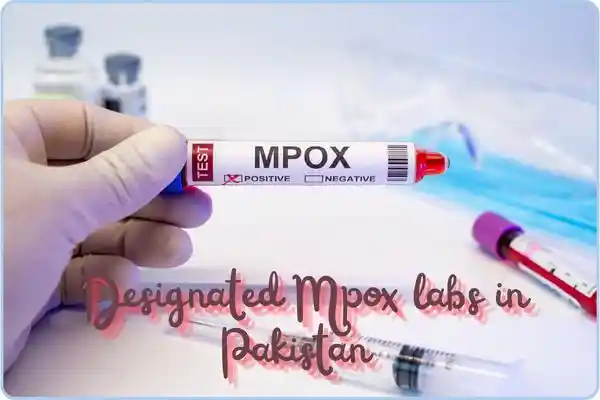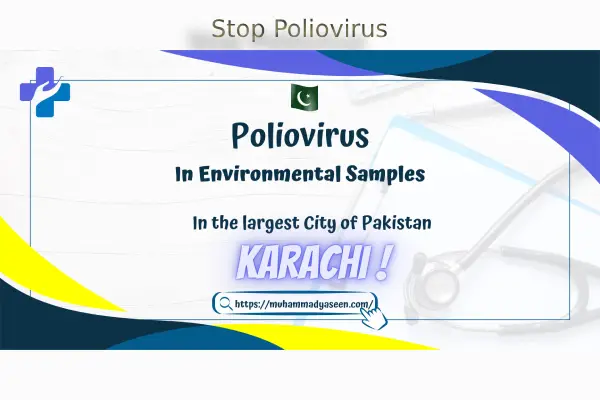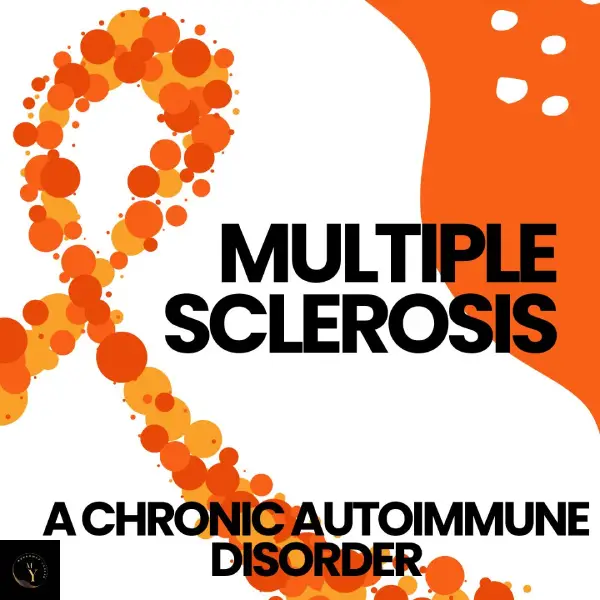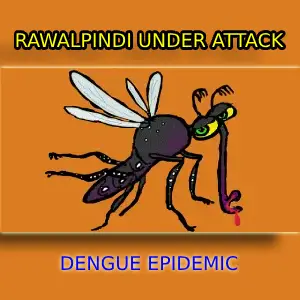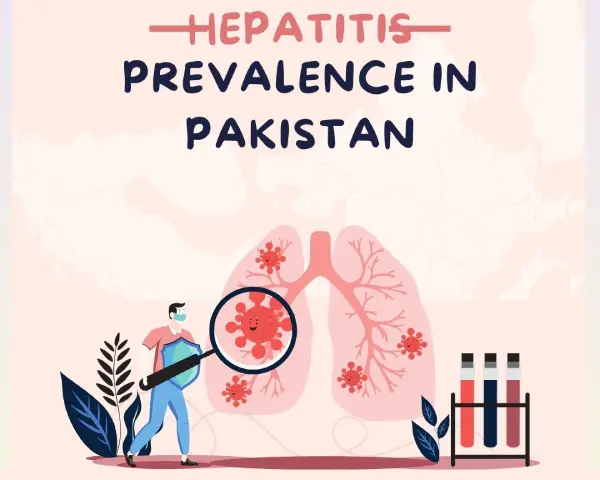HIV STATUS IN PAKISTAN: Rapid Increase Marks 2nd Fastest Growth in Asia
Pakistan’s HIV status is currently grappling with an alarming rise in HIV cases, making it the country with the 2nd fastest rate of HIV spread in the Asia-Pacific region. This burgeoning crisis, largely concentrated within marginalized key populations, has become a significant public health concern.
The spread of the virus is not only contained to high-risk groups but is also transitioning to the general population through complex sexual networks. As the country faces challenges in managing the epidemic, the need for comprehensive, inclusive, and sustained efforts to curb the spread of HIV is more critical than ever.

Current HIV Status in Pakistan
According to estimates from The Lancet, around 165,000 people are currently living with HIV in Pakistan, though recent studies suggest this number has risen to approximately 210,000, including 41,000 women and 170,000 men. Despite these alarming numbers, only 61% of those infected with HIV are receiving life-saving antiretroviral therapy, through the National AIDS Control Program.
The virus predominantly affects key populations, including people who inject drugs (PWID), male and female sex workers, men who have sex with men (MSM), and transgender individuals. A recent HIV screening conducted in Rawalpindi’s Adiala Jail found that 87 out of 4,347 inmates tested positive for HIV, revealing a 2% positivity rate.
This highlights the urgent need for targeted HIV prevention and treatment efforts within prisons, where unprotected sex, substance abuse, and needle-sharing are common. Unfortunately, prisoners are often excluded from national surveillance efforts, leaving them at heightened risk for not only HIV but also hepatitis and other sexually transmitted infections.
Factors Contributing to the HIV Crisis

HIV Status shows several factors contribute to Pakistan’s rising HIV infection rate. One of the most prominent is the high prevalence of unsafe practices such as unprotected sex, substance abuse, and needle-sharing, particularly within marginalized groups.
In addition, societal stigma, lack of public awareness, and discrimination against people living with HIV (PLHIV) exacerbate the problem. In a study published in the Pakistan Journal of Public Health, only 17% of respondents correctly answered all questions regarding HIV transmission and prevention, while nearly 23% exhibited discriminatory attitudes toward PLHIV.
Compounding the issue, Pakistan lost its status as the primary recipient of Global Fund aid for HIV in 2021 due to concerns over financial mismanagement. The $72 million in aid is now channeled through the United Nations Development Programme and private sector organizations instead of the federal government.
This has raised concerns over the efficient utilization of funds, particularly in addressing outbreaks in remote areas like Ratodero in Sindh.
Gaps in Public Health Efforts
While the National AIDS Control Program (NACP) has made strides in improving HIV detection and treatment, gaps in outreach and service delivery persist. Only 14.7% of people living with HIV are registered with the NACP, highlighting the underreporting of cases and the challenges in reaching high-risk populations.
Many individuals from key populations remain marginalized and are unable to access the necessary health services. Moreover, efforts to educate the public about HIV transmission, prevention, and treatment are insufficient, leaving the general population vulnerable to the spread of the virus.
The situation is especially dire in rural and remote areas, where healthcare infrastructure is weak, and access to ART centers is limited. A 2023 study published in Health Science emphasized that HIV awareness and prevention campaigns must expand to reach rural populations and key demographics, as the overall prevalence of HIV in Pakistan is likely under-reported.
Challenges for Pakistan
Pakistan’s fight against HIV is far from over, and significant challenges lie ahead. To effectively curb the HIV epidemic, national and provincial AIDS control programs must:
- Expand Services: The coverage of ART centers must be widened to ensure more people have access to HIV treatment and prevention services, particularly in rural areas. Current service quality at existing centers needs to be improved to address the needs of key populations.
- Public Education and Awareness: Public health campaigns must be intensified to educate the general population about HIV transmission, prevention, and treatment. This includes reducing the stigma and discrimination surrounding HIV, which discourages people from seeking testing and treatment.
- Targeted Outreach: Efforts to reach marginalized and high-risk populations must be enhanced, including prisoners, PWID, and sex workers. Specialized programs in prisons and correctional facilities can help mitigate the spread of HIV among inmates.
- Strengthen Surveillance: Accurate data collection and surveillance systems are essential to assess the true scale of the HIV epidemic in Pakistan. This includes including marginalized populations in national surveys and surveillance efforts.
- Efficient Use of Global Fund Aid: The loss of Pakistan’s primary recipient status for Global Fund aid has sparked concerns about the effective use of available funds. It is crucial for the UNDP and private sector partners to ensure transparency and accountability in fund allocation, with a focus on direct assistance to those affected by HIV.
Conclusion
HIV Status shows that Pakistan stands at a critical juncture in its fight against HIV. As the virus spreads rapidly, driven by high-risk behaviors and inadequate public health responses, the need for immediate and sustained intervention becomes ever more pressing.
Addressing this crisis requires a multi-pronged approach that involves not only improving healthcare services but also addressing the underlying social factors such as stigma and discrimination that fuel the spread of the virus. By strengthening public health systems, improving awareness, and focusing on the needs of marginalized groups, Pakistan can slow the trajectory of HIV and prevent it from becoming a nationwide epidemic.

